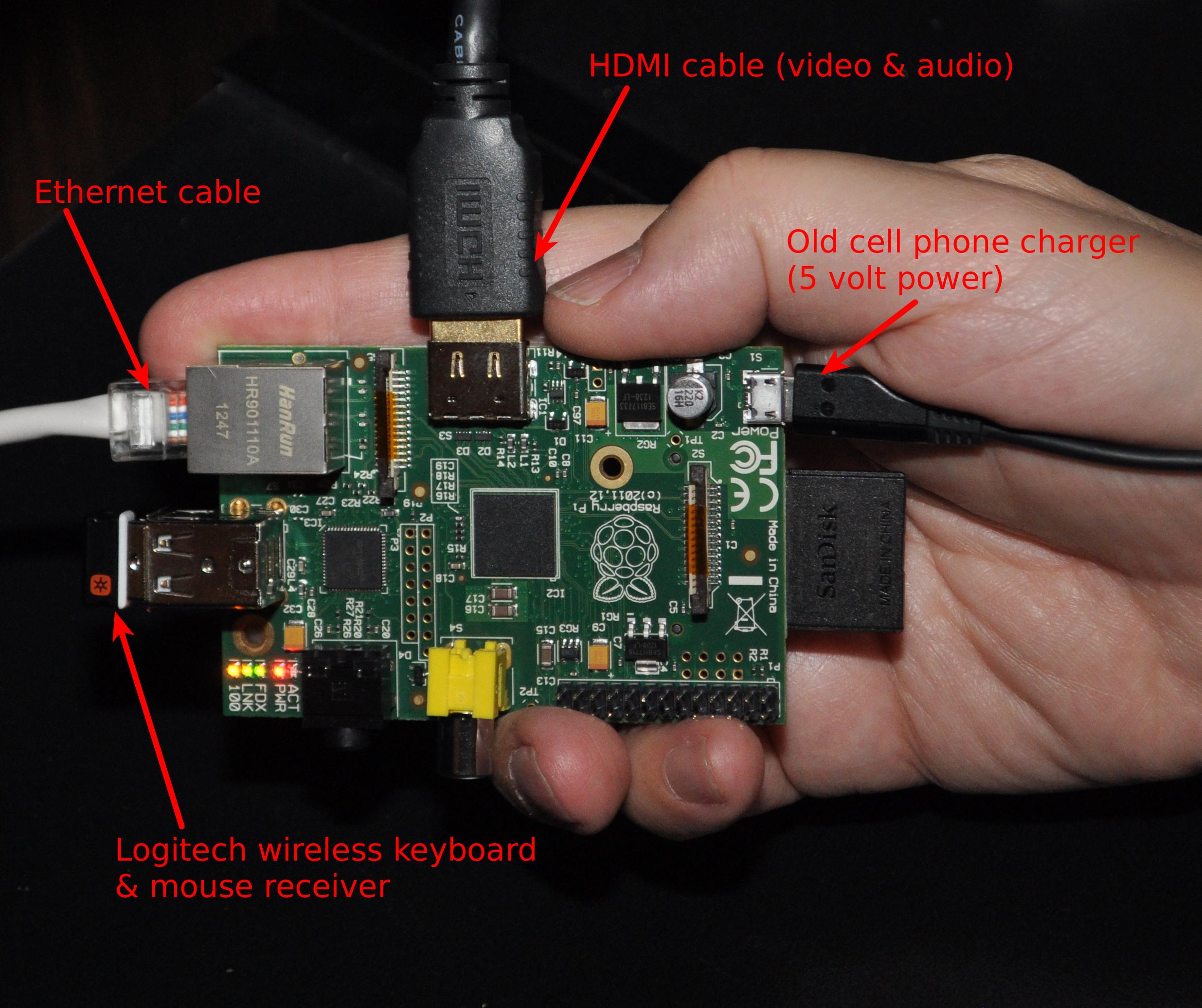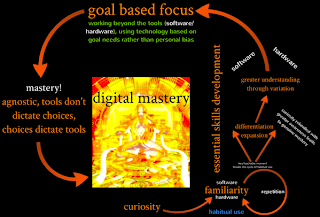 |
| Yoda didn’t say that in a vacuum, he was an attentive and differentiating instructor! |
Over the past couple of years I suddenly find myself considered a ‘senior teacher’. You might think this comes with all sorts of resources like extra time to work on training other teachers where you can show them the tricks of the trade, but this is public education so you just do it for free. You might think that it would result in a curriculum support role where you can prompt system-wide improvements based on your decades of classroom experience and pioneering curriculum development, but those jobs are all full-time permanent gigs for very specific people with criteria for admission that I don’t evidently possess.
A previous principal told me that my classes are too difficult and I need to turn them down. When I pointed out that no one had failed any of my courses since he’d arrived for his stint in our community, that held no weight with him; some students and parents want daycare, not education. I have no interest in providing daycare so I simply ignored his misguided observation. I get where it’s coming from though, daycare is much cheaper to provide than education.
One of the things we do in my program is get into Arduino microcontrollers in grade 9. Arduinos offer a tactile introduction to basic electronics circuit prototyping with breadboards and electronics components as well as a coding connection through the C++ based language that runs the microcontrollers. I’ve been doing this long enough and in such a brutally honest reflective practice stance that I’ve gotten pretty good at it. One of the things that less experienced teachers (which includes many admin) fixate on is the placement of responsibility for engaging with this hands-on learning on the student. To the unaided eye this looks like I’m chucking them in the deep end and watching them drown, but nothing could be further from the truth.
| Pulling apart tech to show students how it works is a core learning tool in my computer engineering program. Tech isn’t magic! |
I present this introduction to circuit building in a remarkably structured environment. I build the first couple of circuits in front of the students, repeatedly reminding them that how the electricity is passing around the circuit which also has the added benefit of showing them the stochastic nature of what we’re doing. Sometimes you do it all right but the part you’re using is broken, so you have to approach everything critically, iteratively and with sensitivity and patience. I then leave those working 3d examples in front of them to look at. Modelling the work establishes with them that I know what I’m doing and encourages them to ask questions. I also show them a pulled apart breadboard so they can begin wrapping their heads around how this new-to-them (though they spend their whole social lives on it these days) technology works.
It’s that cognitive breakthrough that I’m actually looking for (the hands-on skills are just muscle memory practice). Some students with strong tactile skills and good visual reasoning are able to imitate the circuits without understanding how they work. This becomes a problem when they get into more complex circuits later in the unit. When a student finally begins to see how the electrons are flowing, that’s when they begin understanding basic circuit building in our applied technology class. If you’re not a teacher reading this, are you beginning to get a feel for the yawning gap between education and daycare? Could you email the Ontario Minister of Education and fill him in on it too?
To support that hidden cognitive focus I’m on (metaphorical – health and safety would never go for it) roller-skates when I’m teaching grade 9s in the first day of circuit building. Alanna knows these introduction to circuit building days are one of the toughest teaching days of my semester because I’m not focused on chucking everyone in the deep end and seeing how many fail, I’m focused on getting everyone from misplaced developmentally delayed students to the previously experienced and gifted (all dropped into the same open level tech course) over this challenging cognitive realization.
Some students require one on one support, some figure it out immediately. Some are able to imitate understanding through mimicry but then run into problems later. I’m keeping a running tally of all of that in my head as I’m running round and round the room helping those who need it. I’m doing all this by leveraging technical skills that took decades to hone along with teaching skills that have also taken decades to develop. I understand that recognition is difficult for many, but just because you don’t understand it doesn’t mean you should simplify it so you can.
The sink-or-swim misunderstanding creeps back in when less experienced teachers watch me interact with students who aren’t engaging with the material. When the system-trained giver-upper waves me over and tells me they don’t know what to do (after extensive set up and support), I don’t cater to their apathy inspired edu-hack (ask the teacher to do it for them). I’m often left wondering how they got 9 years into the system without anyone calling them on this weak move, but many ‘teachers’ are all about systemic success at all costs – it makes for good statistics and happy management. I’m in this for the teaching – which is why I’ll never find myself with the power to make system wide improvements. For those edu-hacker students who have learned that helplessness gives them a free pass, I’ll often prompt them quite roughly with something like, “you haven’t even opened up the how-to webpage or attempted to build the circuit. I’ll come back when you decide to make an effort.”
This often knocks them back on their heels. A teacher expecting them to participate in their learning? How dare they! I’m going to get my mom to call the principal and tell him this needs to be easier (code: daycare). Strangely enough, many of these reticent students end up gaining a great deal of confidence as they come to understand how to build circuits in in my thunderdome, it’s the first chance they’ve had to experience a genuine sense of achievement. No one learns anything from having other people do it for them, no matter how much cheaper that is at a systemic level. It’s a frustration that this myopia has infected people without enough classroom experience (or common sense) to know that it’s nonsense.
| Fail fast only works if you have enough skill to realize why you’re failing. Failing fast and clueless is both expensive & pointless. |
Over the past couple of years I’ve watched several teachers imitate my approach and it ends up feeling like a rather embarrassing caricature drawing (my nose isn’t that big – actually it is). They see what looks like a rough approach that mulches students in order to look for talent, but this isn’t that. What’s happening is that I’m creating a very structured situation for learning something hands-on and difficult (reality is a cruel teacher) while also placing the responsibility for engaging with it clearly where it belongs: on the student.
Another of the many supports in place are the GREEN BRICKS OF DOOM (!!!). This is a spreadsheet that is put up on the projector showing who has completed what circuits (you get a greened out block in the spreadsheet when you show a working circuit). It very quickly becomes apparent that some students are quicker than others, but I don’t consider that a secret, I use it as a learning support. If you’re sitting next to the girl who has already done the circuit you’re struggling with, ask them what’s going wrong. This also has the benefit of showing me those students who are faking an understanding rather than building their circuits based on deeper knowledge. I’ve been told that slower students would find this mean, but they generally lean into the information as it helps them. That is also recognizes students who are engaged and working it out is something I have no problem with.
I once used the term ‘pedagogy‘ in context with a new administrator and she replied with, “pedagogy? what does that even mean anyway?” I found this response frustrating though unsurprising from someone aimed at system management where you often have to enforce cost cutting measures that cause harm in order to do the job (something I’d be bad at and another reason why I’m never likely to have any system reach). But wouldn’t it be something if pedagogical best practices drove everything we did instead of being dismissed? Perhaps then more people would have a better idea of what I’m doing in my classroom.
from Blogger https://ift.tt/3nFl2pW
via IFTTT






















